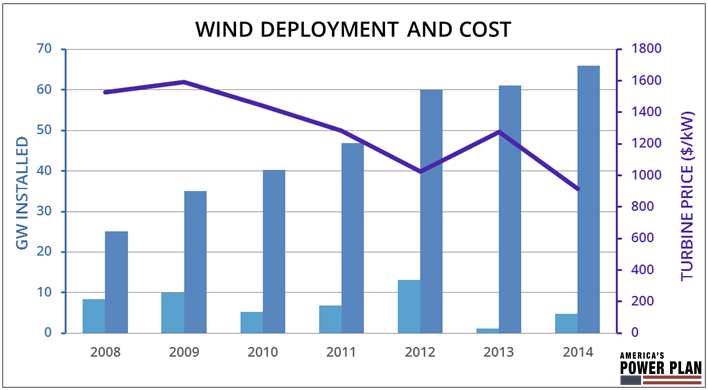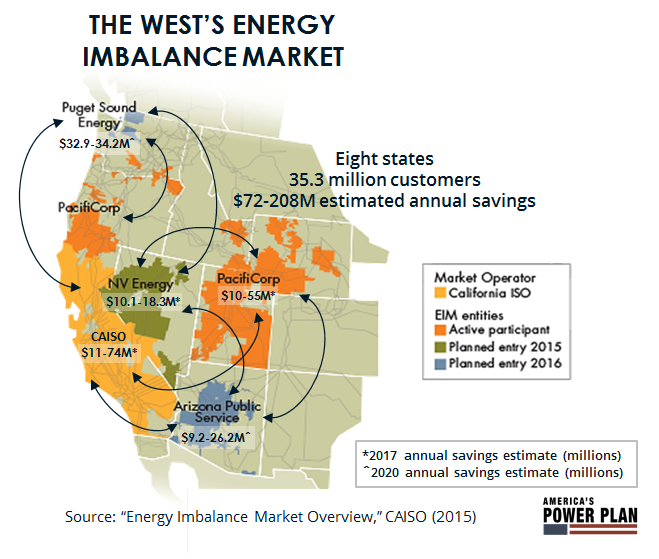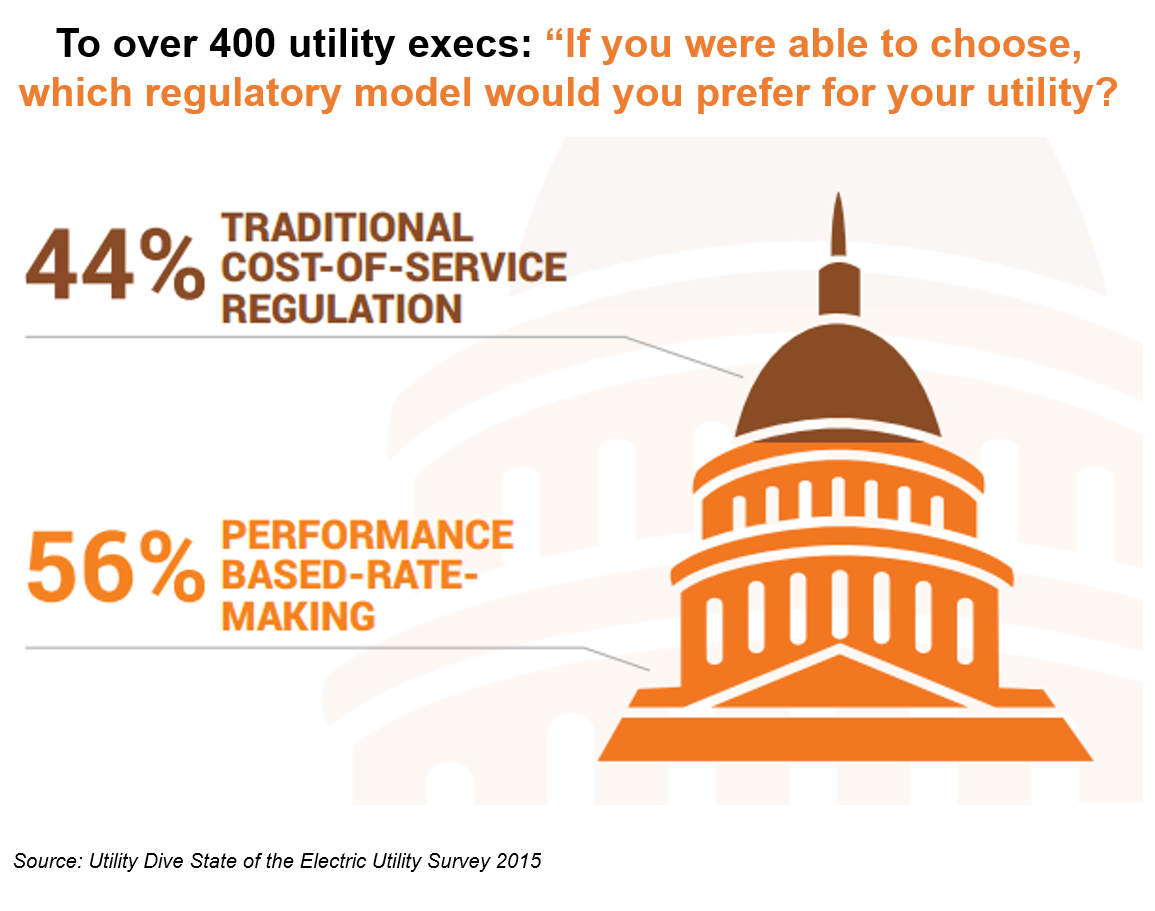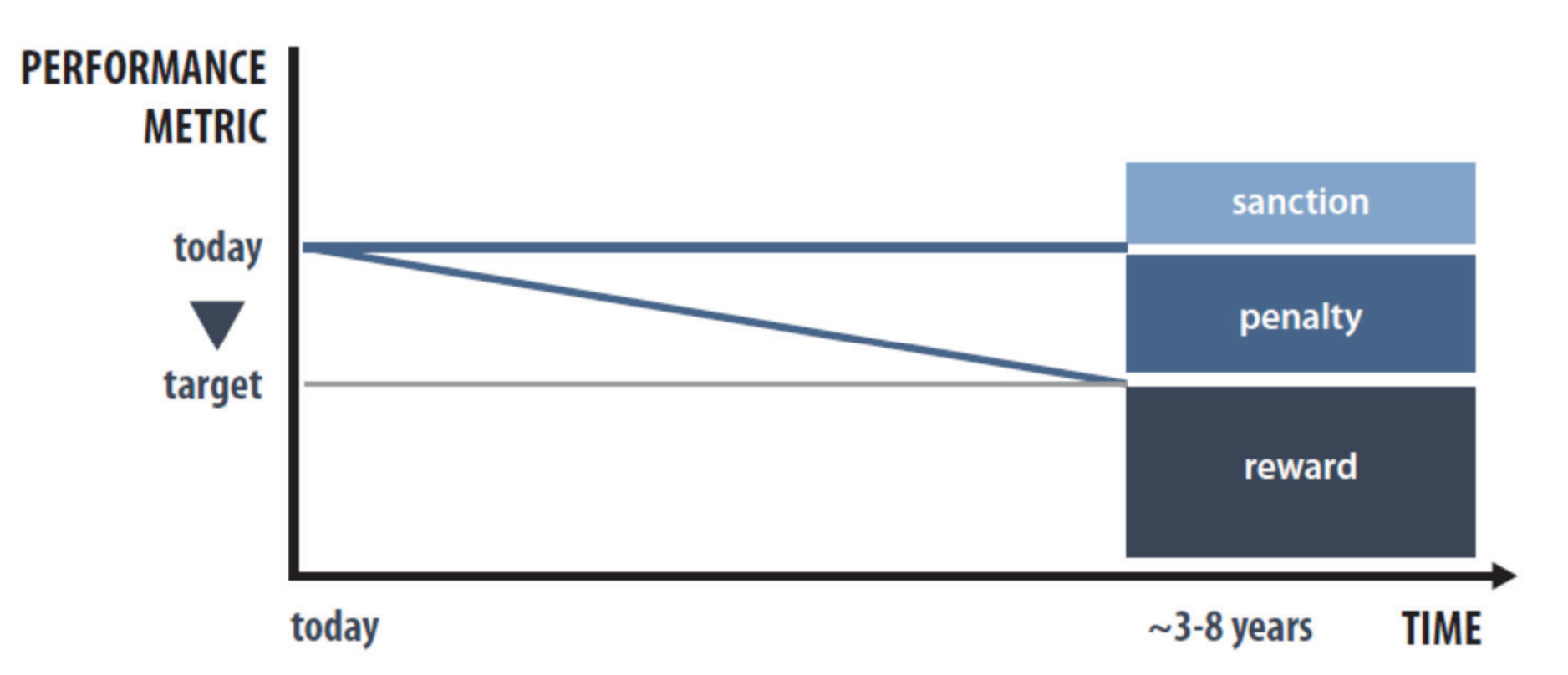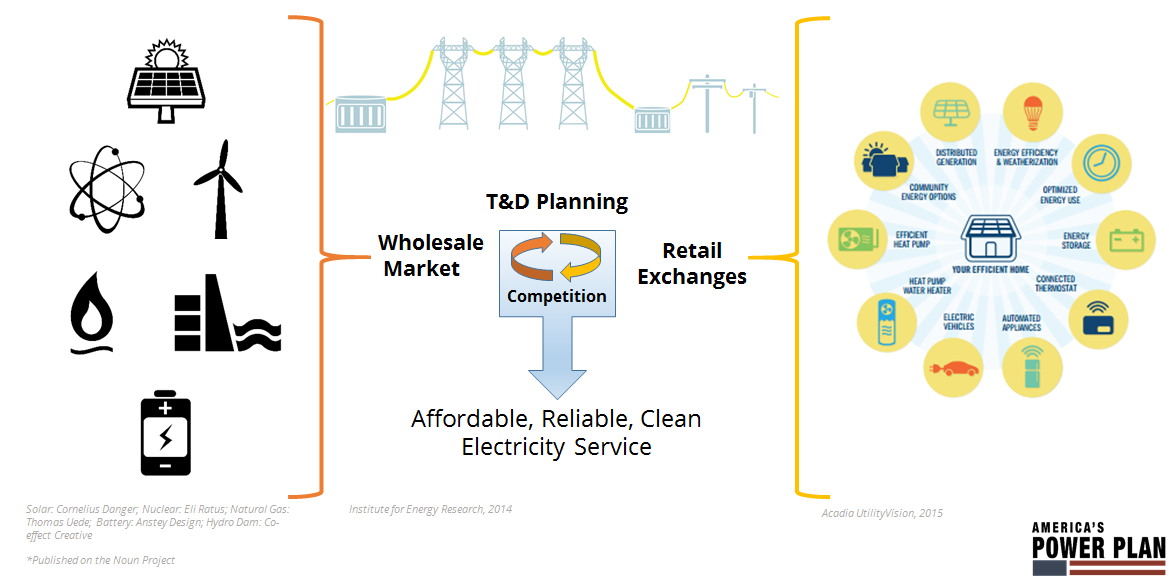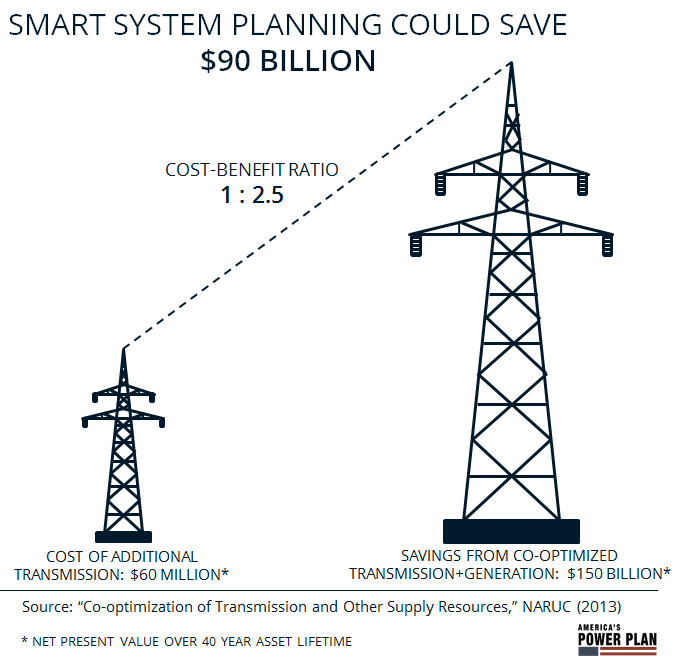America’s power sector is in the midst of a dramatic transformation, and 2015 has already been a pivotal year for U.S. electricity policy and the grid.
The price of renewables is plummeting, coal-fired power plants are retiring, and new technologies are changing customer relationships with utility companies. Across the country, the Clean Power Plan has forced conversations about optimizing the grid around higher shares of renewables and energy efficiency.
In short, America’s electricity’s system is on a path to become cleaner, more affordable, and more reliable. The ramp-up of wind and solar in some states has been striking, yet the steady growth of renewables has remained unaffected by reliability issues or unexpected costs.
At the same time, technological and business model innovations such as energy storage, demand response, and performance-based regulation are offering the power sector a new set of tools.
These opportunities make the work of America’s Power Plan more relevant and critical than ever.
Though serious challenges remain, America has already come a long way in its transition toward a cleaner, more affordable, and more reliable grid. We see strong evidence that several of America’s Power Plan’s recommendations from 2013 have contributed to the modernization of the U.S. electricity system.
Based on our regional work, the recent literature, and discussions with America’s Power Plan authors, we’ve identified the following top five policy developments and lessons from the field:
1. Regional energy markets are saving customers money
A more integrated grid and energy market can allow the system to rely on a greater share of solar, wind, and demand-side resources while obviating the need to build expensive new peaking plants.
The development of the Energy Imbalance Market in the West, and the evolution of the Southwest Power Pool to a full day-ahead wholesale market, have saved customers money and reduced barriers to integrating renewables. In April, PacifiCorp and the California Independent System Operator (ISO) announced they would explore the feasibility and benefits of PacifiCorp joining the ISO. Arizona Public Service followed Pacificorp, NV Energy, and Puget Sound Energy by joining the Energy Imbalance Market after finding substantial benefits for customers.
An Energy Imbalance Market is not the same thing as a fully integrated electricity market that can optimize across all available resources, but these developments are an encouraging sign that promises to boost reliability, save consumers money, ease renewable integration challenges, and reduce carbon emissions.
2. Several states are moving toward performance-based regulation
From coast to coast, new business models are changing the nature of the relationships among customers, utilities, and regulators are emerging.
Minnesota, Illinois, and New York are each moving toward some form of performance-based regulation, which lets power providers earn more by delivering on policy objectives such as energy efficiency or system resilience, rather than earning a profit based only on their capital costs or volume of sales. Regulators and utilities have been experimenting with performance-based regulation for decades, but as new technologies put pressure on the traditional cost-of-service model, more and more of the utility’s compensation will move toward performance. Decision makers in several other states are watching the three leading states for signs of progress as they begin to expand the use of performance-based regulation.
Compared to cost-of-service regulation, performance-based regulation is a forward-looking approach. It starts by defining what value we want our electricity system to provide and shifts the system toward paying utilities for providing those services. It requires utilities to respond to changing customer needs and integrate new technologies and policy goals.
3. Distributed resources are competing with centralized resources
With low-cost technologies allowing customers to generate their own power and control their energy use, some states are being proactive in planning for a future with more distributed resources. New York’s Reforming the Energy Vision and California’s Distribution Resource Plan show two methods—one more market-oriented, the other more planning-based—for integrating distributed energy resources (DERs) into system operation.
As the cost of rooftop solar continues to fall, and as battery storage technologies mature, customers will need to buy less electricity—to the point where some may not need the grid at all. But a well-managed, integrated grid is more efficient at meeting customer needs than mass grid defection. Utilities that are proactive in developing programs for distributed resources can potentially find win-wins that offer consumers the choices they desire while sharing benefits with other customers.
4. Utilities and regulators make progress with rate design and market structure valuing flexibility
On the retail side, value-of-solar tariffs in California and Minnesota have moved beyond the net-energy metering debate toward a more sustainable framework for distributed energy resources. More rational retail rate design can allow utilities to cover their costs while facilitating the deployment of clean energy technologies. Successful rate reforms will fully account for the benefits provided by distributed energy resources, including flexibility services and public policy goals that can be difficult to monetize.
On the wholesale side, the Electric Reliability Corporation of Texas (ERCOT) is proceeding with market reforms designed to increase grid flexibility. Participants in Texas’ electricity market will now be able to trade flexibility services in real-time, coming from both generators and aggregated demand-side resources. This exciting development will help expose the value of flexibility in wholesale electricity markets, making it easier to keep the grid in balance as the share of wind and solar grows.
5. Interstate transmission planning survives challenges
The Federal Energy Regulatory Commission’s (FERC) Order No. 1000 for transmission planning and cost allocation was passed just as America’s Power Plan was releasing its recommendations in 2013. Order 1000 requires transmission providers to participate in and produce a regional transmission plan. The FERC rule also requires a hard look at distributed energy resources as a means to reduce capacity and avoid transmission expansion costs.
Since 2013, Order 1000 has survived legal challenges that could have limited its ability to guide transmission planning. The Clean Power Plan has also highlighted the need to develop more transmission to access high-quality renewable resources.
Looking ahead
It has a been a busy two years since America’s Power Plan released its initial recommendations—and the changes in the electricity industry show no signs of slowing.
Current and future trends suggest that renewables are becoming increasingly competitive with conventional energy sources and will play a central role in the electricity system.
We have been encouraged by the extent to which America’s Power Plan has been embraced, and its recommendations enacted, by a variety of actors in a nation with such a diverse energy portfolio and regulatory landscape. The 200 electricity policy experts that make up our close network are not only thought leaders in the field but also pioneering practitioners who are turning theory into reality.
Given this great progress, we have refreshed the recommendations for America’s Power Plan to take into account the progress we’ve seen in many states and regions.
Going forward, America’s Power Plan will continue to produce and curate the best available information about how to manage change in the electricity sector. In addition to building on the intellectual foundation, we will be working with decision-makers across the United States to enact even more of our recommendations.
Thanks to the experts we interviewed and to everyone who has contributed their energy and insights to America’s Power Plan. We invite you to contact us with feedback and questions.
A version of this article was originally featured on Utility Dive.


